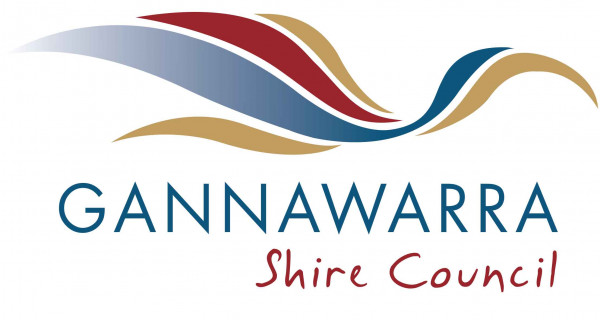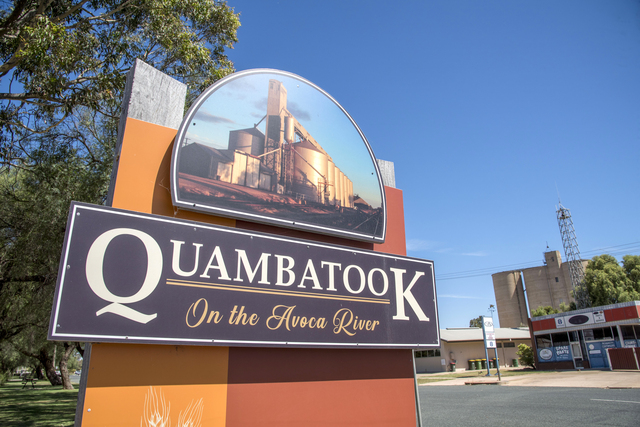
GANNAWARRA Shire Council will have a fight on its hands today convincing broadacre farmers that its rates strategy is fair and equitable.
Council will today consider 58 submissions opposing its stance to incrementally transition from differential rates to a standard rate for all property types.
There is currently a differential rating structure separating residential, commercial/industrial, irrigation farming and dryland farming.
Gannawarra mayor, Cr Brian Gibson said that council’s “fair and equitable” rates strategy is to transition to a single uniform rate over the four years of the current council.
Council’s notion of fairness has been challenged by former Avoca Ward councillor and dryland farmer, Graeme Mann, who was one of six new councillors elected in 2003 after a bitter dispute that involved farmers withholding rates payments for two years before the issue was resolved in the Supreme Court, leading to the introduction of the differential rating structure.
“Over the past 10 years, our rates have risen 50 per cent, whereas our valuations have increased by 28 per cent,” he said.
The past decade has involved one of the worst droughts in the past century.
Cr Gibson said recently that council will slowly reduce the 20 per cent rate subsidy that dryland farmers have enjoyed over many years.
“In 2017-2018, this would see 428 dryland farm properties in Gannawarra, with the median value being $391,000, incurring an increase of around $481,” he said.
Based on the Victorian Government-imposed two per cent rate cap, council will collect an additional $195,000 from across all four rate categories.
Mr Mann said that he is surprised that councils have not challenged the Victorian Government over the rate cap.
“The government imposes these rules on councils, yet doesn’t abide by them itself,” he said.
“[The Minister for Local Government] Natalie Hutchins said, in effect, as long as councils follow the two per cent average increase, she doesn’t care if some sectors pay more.”
Mr Mann said that, on an even basis this year, urban ratepayers will pay an average $24 extra, whereas dryland farmers cop an average $1156 increase.
He said that there is regular publicity about the plight of dairy farmers, but said that last year’s bumper harvest would be considered “average” once expenses were taken into consideration.
“The road between my two properties hasn’t been graded for 10 years,” he said.
“Removing the differential will hit the farming community hard.”







